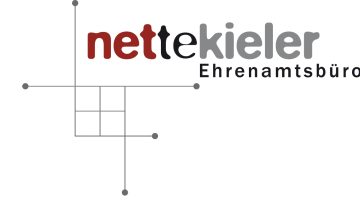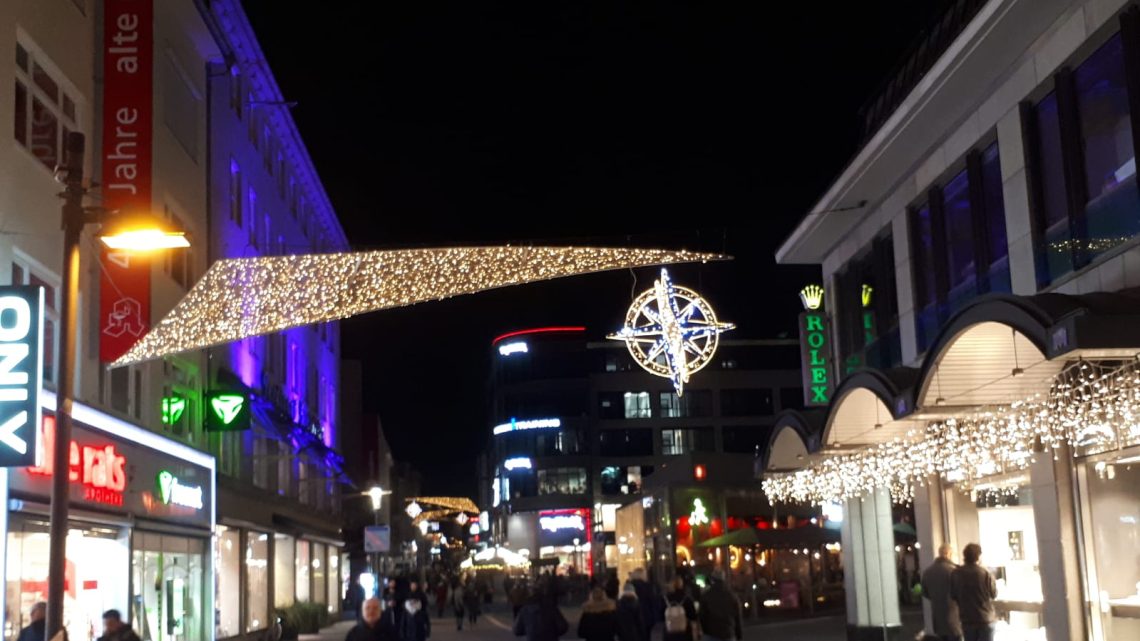German city centers grapple with the challenges of evolving consumer behaviors, e-commerce dominance, and the enduring impacts of the COVID-19 pandemic. The same applies to the pedestrian zone Holstenstraße in Kiel, which is celebrating its 70th anniversary this year. On the twelfth of December 1953, it was closed to cars. Therefore, it is the second oldest pedestrian zone in Germany after Treppenstraße in Kassel.
But what does the city center of the future look like? Which strategies can be employed to transform them from sole retail solutions into vibrant, dynamic spaces for residents and visitors alike? And how can students contribute to, but also benefit from that?
Multifunctional and Aesthetically Pleasing
Urban planners agree upon one thing: It will not only be about making individual streets or squares inviting, but also comprehensively rethinking public space and incorporating all urban areas. Instead of parking lanes for cars and flowing traffic, there should be seating under trees, public green spaces, pedestrian zones, or gastronomically used areas – increasing the quality of stay and creating opportunities for events.
The possibilities are diverse. Municipal involvement in taking over vacant spaces can enable alternative use concepts and contribute to the regeneration of city centers: spaces for public administration with public access, city libraries or training centers, student or senior housing, educational institutions, gastronomy, climbing halls, indoor leisure concepts, local suppliers, or last-mile hubs. There is also a need for affordable housing. Providing housing options for various income levels ensures a mix of demographics that would strengthen the community. All of this is conceivable to revive city center areas and attract people back to the city. It is in the hands of the cities to pave the way for this revival.
What Students Can Do
First and foremost, they can utilize the existing space to organize events. Planning and implementing cultural, social, or educational events can breathe life into the city center. Concerts, art exhibitions, workshops, or discussion forums can help strengthen the local community and attract people. Furthermore, they can support retail by making local purchases, posting positive reviews, and advocating for measures that increase the visibility of local businesses.
Students also tend to be environmentally conscious. They can advocate for sustainable practices in the city center, whether it’s the use of eco-friendly transportation, organizing recycling initiatives, or collaborating with environmentally oriented businesses.
The City Center of the 21st Century
Revitalizing German city centers in the 21st century necessitates a departure from the traditional reliance on commerce alone. By embracing community-centric development, fostering cultural richness, prioritizing sustainability, becoming hubs of innovation, integrating education and repurposing existing spaces, city centers can undergo a transformative revival. The key lies in creating multifaceted urban environments that cater to the diverse needs and aspirations of modern society. Students, as integral members of these communities, can actively contribute to and benefit from this transformation, ensuring a dynamic and sustainable future for Holstenstraße and city centers throughout Germany.
![FHews – [ fju:s]](http://fhews.de/wp-content/uploads/2015/05/fhews_logo2_3B8ACC.jpg)









No Comment